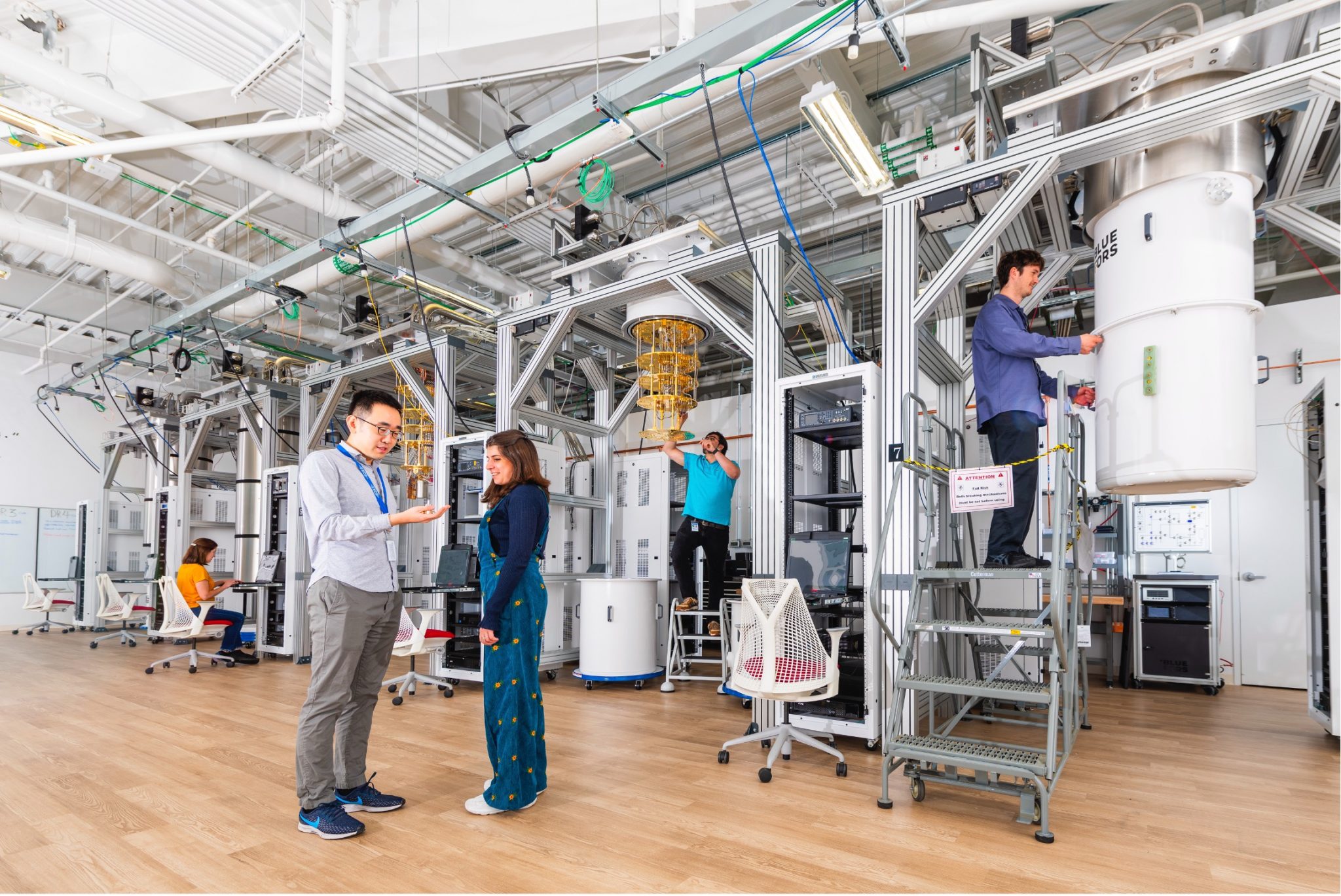In a seminar held today, April 15, at the INFN Frascati National Laboratory, the scientific collaboration of the PADME experiment presented the results of data analysis collected in 2022 during the third data-taking phase (run3). The analysis presents a promising result in the search for the hypothetical particle known as X17.
In 2022, PADME collected data aimed at verifying the existence of a new particle with a mass of approximately 17 MeV/c², proposed to explain certain anomalies observed in a nuclear physics experiment conducted at the ATOMKI laboratory in Debrecen, Hungary, and named “X17.” Thanks to over 500 billion collisions, analyzed using advanced statistical techniques in a work that lasted nearly three years, researchers identified an excess corresponding to the mass indicated by the ATOMKI experiment. The observed signal has a statistical significance of 2σ: an interesting indication, but not yet conclusive, which will guide the new data acquisition campaign planned very soon. With additional data and an enhancement of the experimental apparatus, the PADME collaboration aims to determine whether the observed excess is indeed due to the production of the sought-after X17 particle or simply a statistical fluctuation. The X17 particle is also being studied by other experiments, such as MEG II, installed at the Paul Scherrer Institute (PSI) in Switzerland, which established a new limit in November 2024.
PADME, acronym for Positron Annihilation into Dark Matter Experiment, is an experiment at Frascati National Laboratory. The collaboration includes the INFN Unit of Rome, the Physics Departments of Sapienza University of Rome, the University of Sofia and the University of California Irvine. Its main objective is the search for signals of new particles, candidates for composing the mysterious dark matter. To achieve this, PADME exploits collisions between positrons, the antiparticles of electrons, and electrons from a very thin diamond target.
“Although the results are not conclusive, they are very interesting, thanks to the quality of the data collected and the excellent work of the collaboration, especially our young students and researchers, with the contribution of numerous theoretical physicists and the support of the accelerator division of the Frascati National Laboratory. We are excited to begin a new run to accumulate more data, with an improved detector and a stronger collaboration, thanks to the involvement of experienced colleagues from the INFN Units of Rome, Naples, and LNF” states Venelin Kozhuharov, professor at Sofia University and researcher at INFN, spokesperson for PADME.






